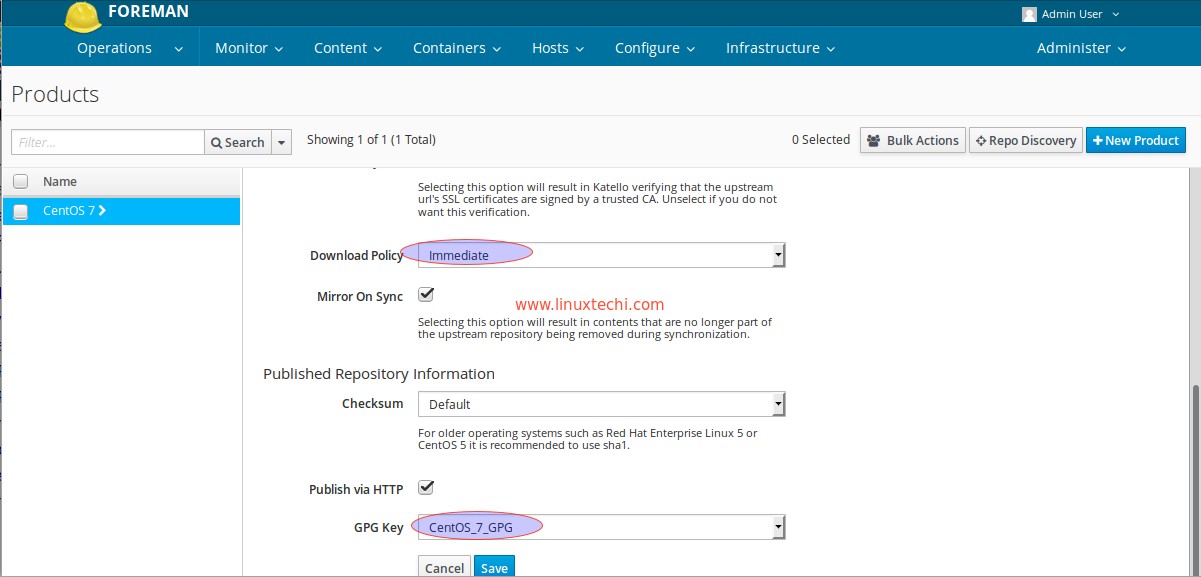

The next step is to create the xml based rpm metadata. Once you have installed these required tools, create a directory in your chosen web server's document root e.g: mkdir -p /var/www/html/repo/recital/updatesĬopy the rpm's you wish to host into this newly created directory. Yum-utils contains the tools you will need to manage your soon to be created repository, and createrepo is used to create the xml based rpm metadata you will require for your repository. To create your own YUM repository, you will need to install the yum-utils and createrepo packages: yum install yum-utils createrepo

As long as the required packages are available in the enabled repositories on your system, YUM will go out and get everything you need. Not only does it mean you don't need to trawl the web looking for somewhere to download the packages, YUM does a great job of satisfying any package dependencies. YUM is by far the easiest method of installing software on Red hat, Centos and Fedora. If you have software packages which you wish to share with others or simply between your own personal machines, a neat and easy solution is to create your own YUM repository and provide your.


 0 kommentar(er)
0 kommentar(er)
